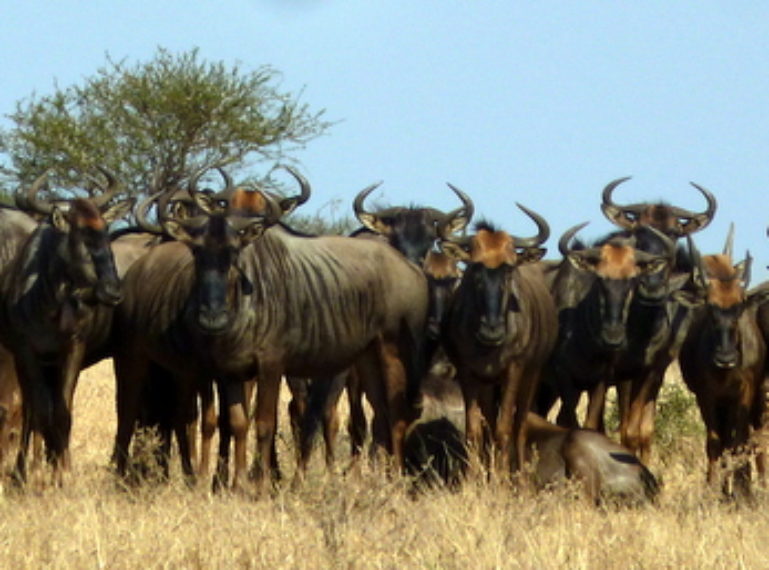
As a part of Nokana Safari Camp’s exceptional line-up of activities, guests are taken on full day trips to the Kruger National Park twice a week. Not only is the Kruger South Africa’s most famous wildlife kingdom, it is also brimming with game activity and its surface area is compared to the size of Wales!
Rising with the birds at the crack of dawn, we gathered at the bar/lounge area and were offered coffee, toast and rusks before heading off to get to the Kruger gates as they open for the day. Orpen Gate has a reputation with owner-host-guide Michel, who claims that this short stretch of tar road has churned out some of his best sightings. We were alert with anticipation after our 45 minute drive from camp and our eyes were peeled.
Sure enough, in those first couple of kilometres we had elephant browsing the trees right next to the road and a trio of rhino further back, while a pair of endangered Southern ground-hornbills crossed the road, unfazed by our presence. (Side note: birders keep your eyes peeled. Kruger has over 500 species that you can spot in the sky, in the trees, on the road, in the grass, and at the water’s edge).
That day we were headed for a private off-road trail near Satara (one of the rest camps in the park). So not only are we seeing what the ‘regular Kruger’ has to offer, but we are getting a closer look at the private, seldom visited 4×4 trails that only certain people have access to. On the way to the Mananga Trail we had added to our immense list of animal sightings with incredible elephant sightings, lazy lions, wallowing hippos, a fish eagle, kudus, baboons, and a snoozing scops owl.
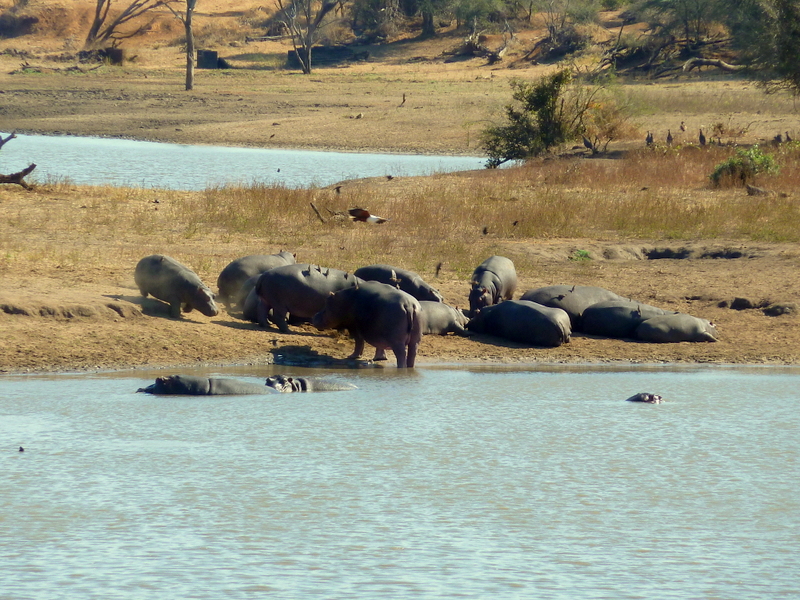
This large dam in the Kruger National Park was filled with hippo and a whole host of other species (can you see the fish eagle?)
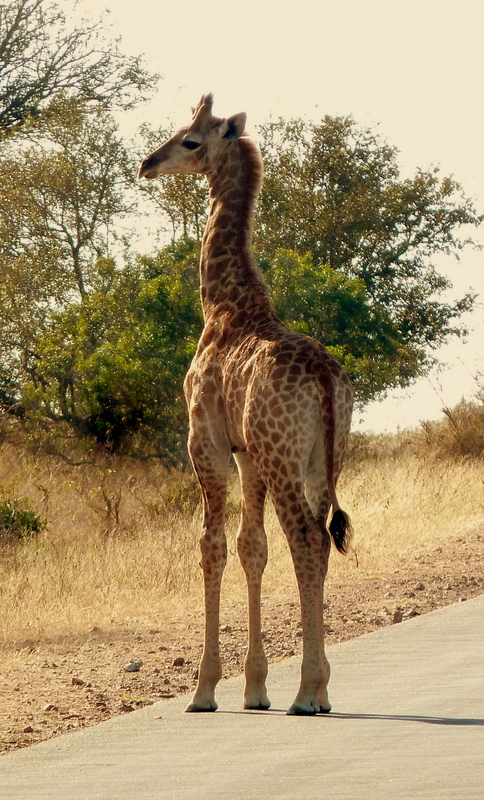
This baby giraffe was still very young. It crossed the road in front of our vehicle to join its mother.
The Satara area of Kruger is open and flat, somewhat resembles the Masai Mara in Kenya. It is very beautiful, and we were heading into our own private sector where we would be able to get out and picnic privately (sandwiches, fruit and cold drink was the order of the day), and enjoy exclusive sightings of a great array of animals without having to share. We were welcomed to the Mananga Trail by circling bateleur eagles and 2 secretary birds, which was very special. Along the riverbank we were torn between watching a pod of hippos exhale their great, spraying breaths, and admiring a herd of elephants drinking from and swimming in the river.
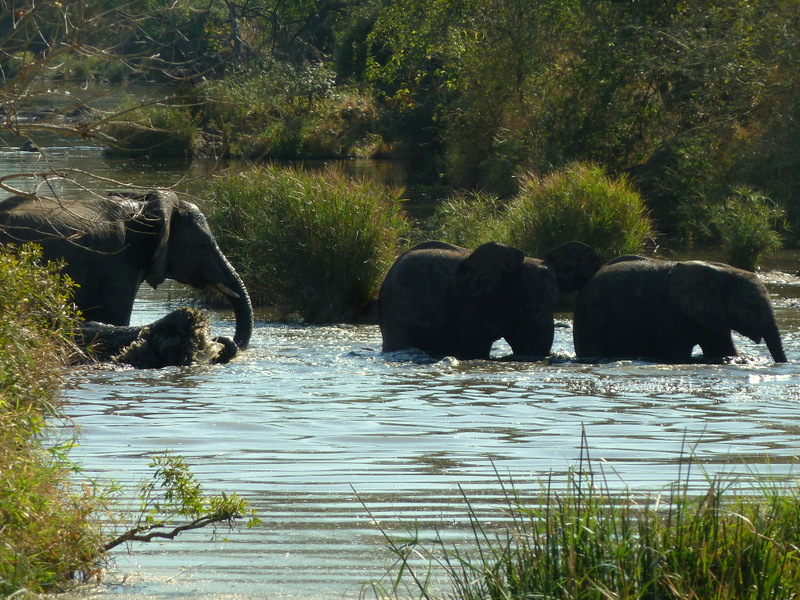
We watched these elephants crossing the river, frolicking and drinking before bathing themselves in dust and moving off.
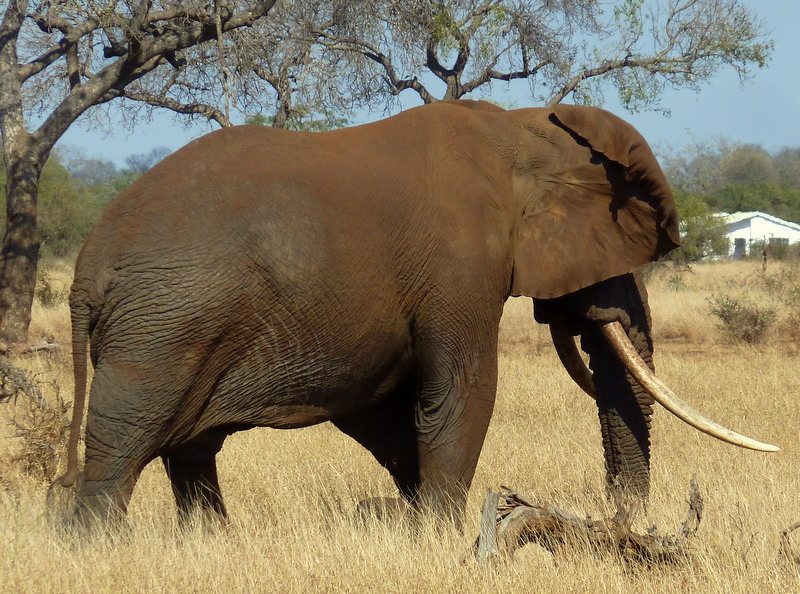
One large tusker seen near Satara. He was trying to keep cool by flapping his hears and throwing dust over his back.
Every bend in the road was occupied by either, kudu, impala, waterbuck, zebra, or a combination of the species. The ungulates are followed by a noisy collaboration of oxpeckers, fork-tailed drongos and lilac-breasted rollers eagerly awaiting a rogue grasshopper, or the likes. After passing a particularly large family of waterbuck, we managed to photograph a white rhino cow and her grown calf, grazing quietly behind a group of giraffes. We saw more hippos and buffalo before heading back into the public section of the park.
With only an hour or so left of our full Kruger day trip, we had to make our way to the park gates. Of course, we took the scenic route and passed a pride of lionesses lying in the grass, a crocodile sunning itself on a riverbank, some saddle-billed storks perched in a tree, a martial eagle, more elephants, and finally 2 male cheetahs beginning to hunt. What a lucky spot! (Excuse the pun). We departed the Kruger as the sky burnt red with the last bit of the sun’s energy, and by the time we got back to Nokana Safari Camp it, it was dark and starry.
As is routine at Nokana, we were given an hour to refresh, relax and unwind before settling down to dinner. I retreated to my luxury room where I put together a gin and tonic from the mini bar and pulled up a chair on my private veranda. I sped through my photos and smiled at the memory of the wonderful creatures I had seen that day. After that sentiment, I set about deleting all the unfocused and duplicated images because tomorrow was to be yet another day at Nokana, in yet another reserve, and I knew I would need to camera space!
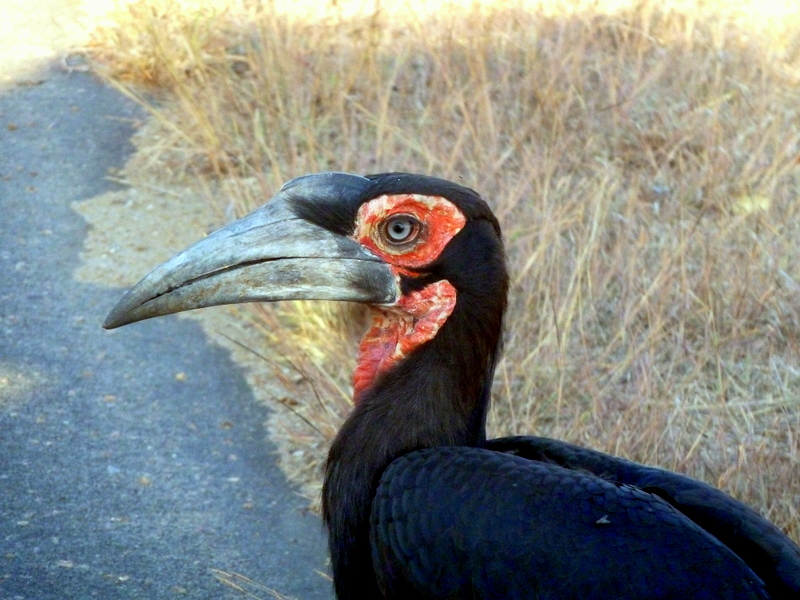
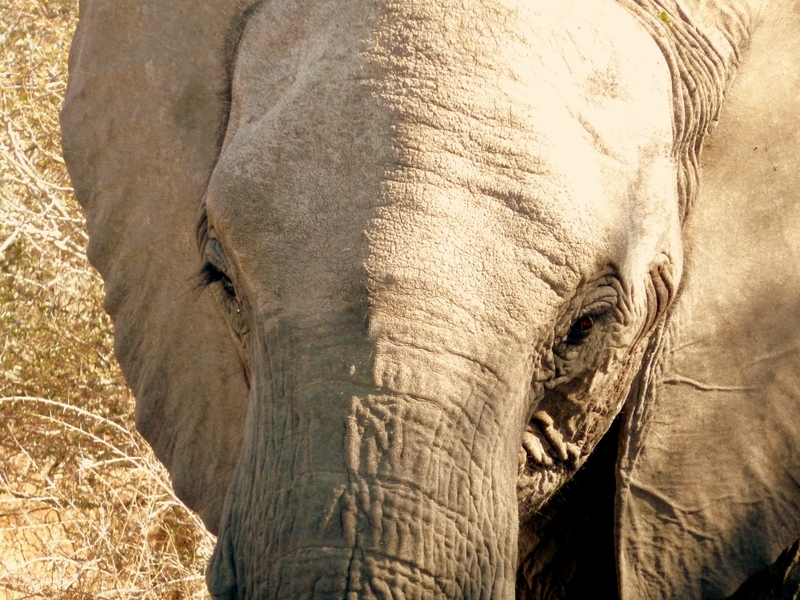
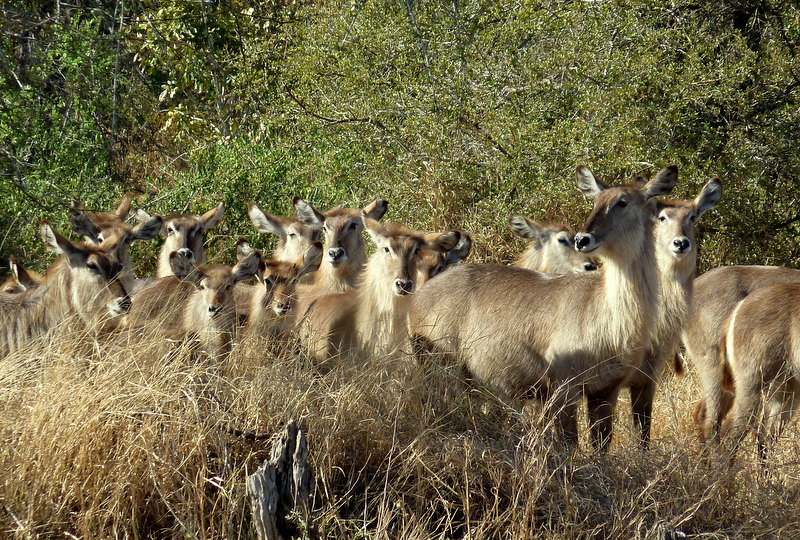
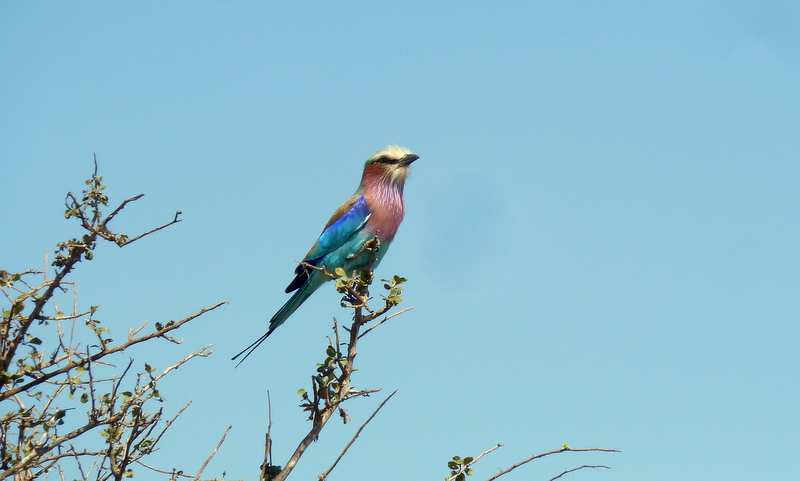
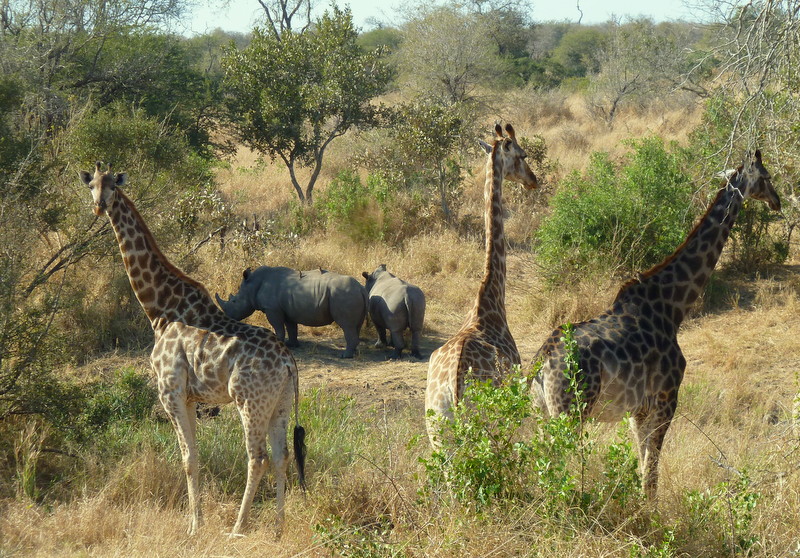
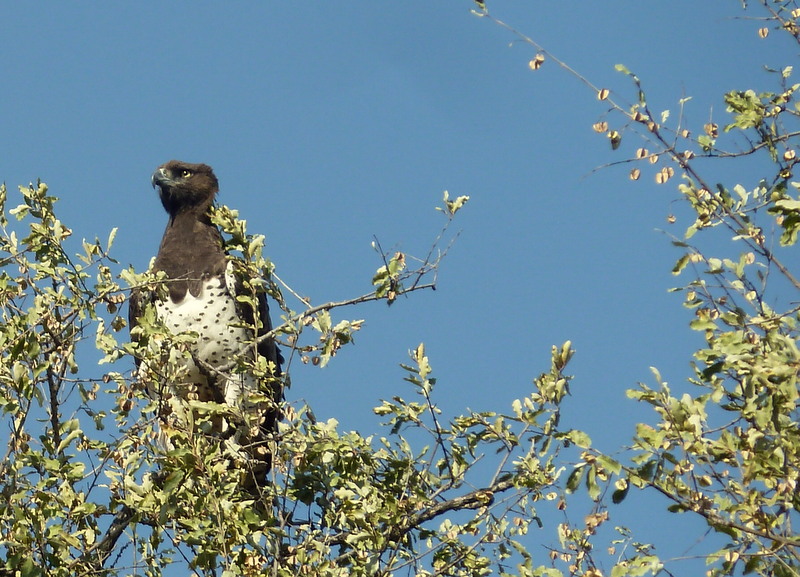
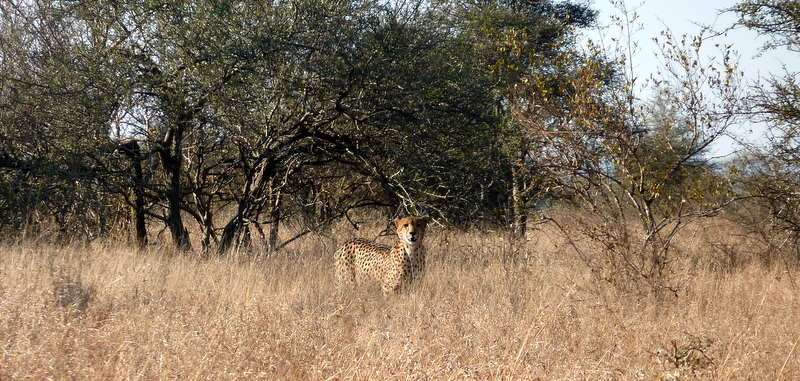
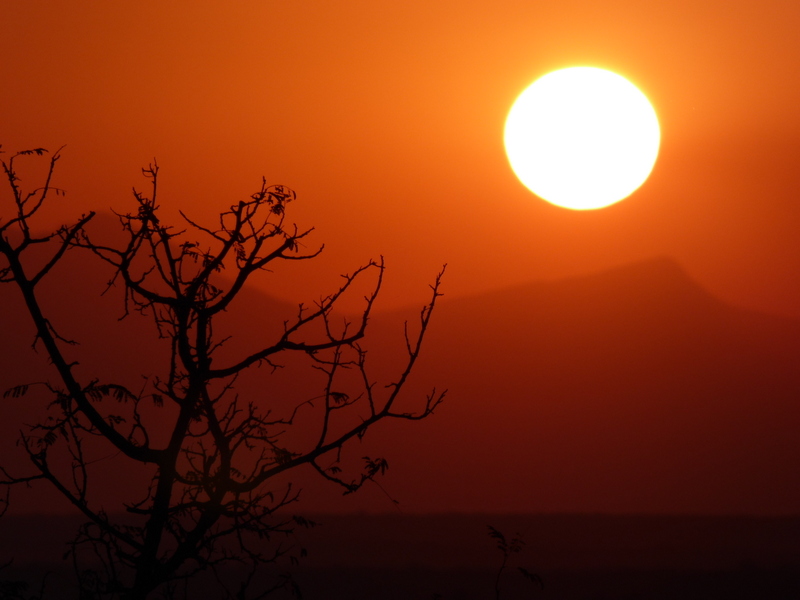
Leave a Comment